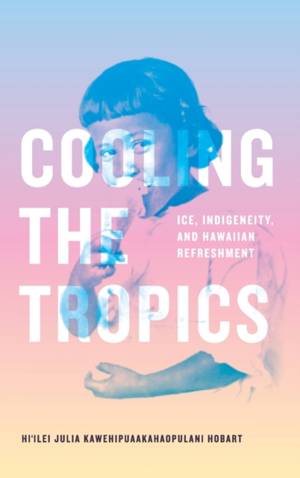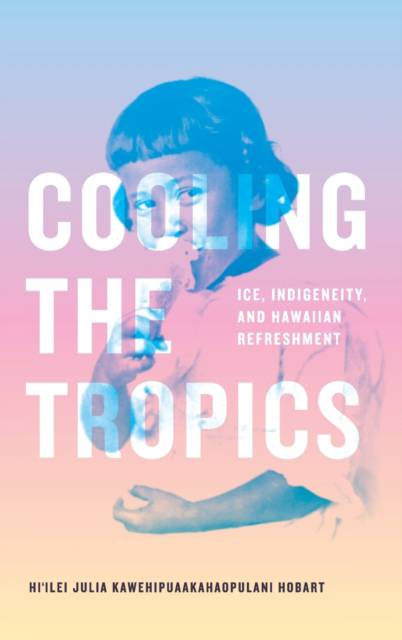
- Retrait gratuit dans votre magasin Club
- 7.000.000 titres dans notre catalogue
- Payer en toute sécurité
- Toujours un magasin près de chez vous
- Retrait gratuit dans votre magasin Club
- 7.000.0000 titres dans notre catalogue
- Payer en toute sécurité
- Toujours un magasin près de chez vous
Cooling the Tropics
Ice, Indigeneity, and Hawaiian Refreshment
Hi'ilei Julia Kawehipuaakahaopulani Hobart
161,45 €
+ 322 points
Format
Description
Beginning in the mid-1800s, Americans hauled frozen pond water, then glacial ice, and then ice machines to Hawaiʻi--all in an effort to reshape the islands in the service of Western pleasure and profit. Marketed as "essential" for white occupants of the nineteenth-century Pacific, ice quickly permeated the foodscape through advancements in freezing and refrigeration technologies. In Cooling the Tropics Hiʻilei Julia Kawehipuaakahaopulani Hobart charts the social history of ice in Hawaiʻi to show how the interlinked concepts of freshness and refreshment mark colonial relationships to the tropics. From chilled drinks and sweets to machinery, she shows how ice and refrigeration underpinned settler colonial ideas about race, environment, and the senses. By outlining how ice shaped Hawaiʻi's food system in accordance with racial and environmental imaginaries, Hobart demonstrates that thermal technologies can--and must--be attended to in struggles for food sovereignty and political self-determination in Hawaiʻi and beyond. Duke University Press Scholars of Color First Book Award Recipient
Spécifications
Parties prenantes
- Auteur(s) :
- Editeur:
Contenu
- Nombre de pages :
- 264
- Langue:
- Anglais
- Collection :
Caractéristiques
- EAN:
- 9781478016557
- Date de parution :
- 16-12-22
- Format:
- Livre relié
- Format numérique:
- Genaaid
- Dimensions :
- 152 mm x 229 mm
- Poids :
- 521 g

Les avis
Nous publions uniquement les avis qui respectent les conditions requises. Consultez nos conditions pour les avis.






